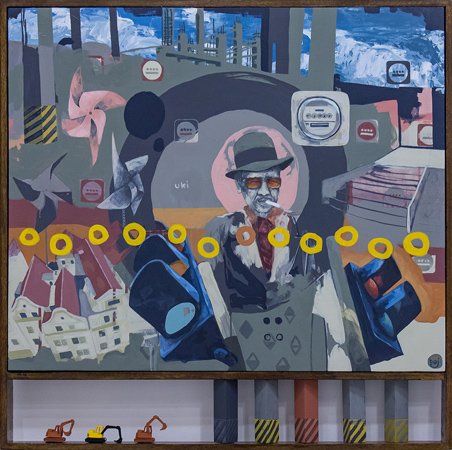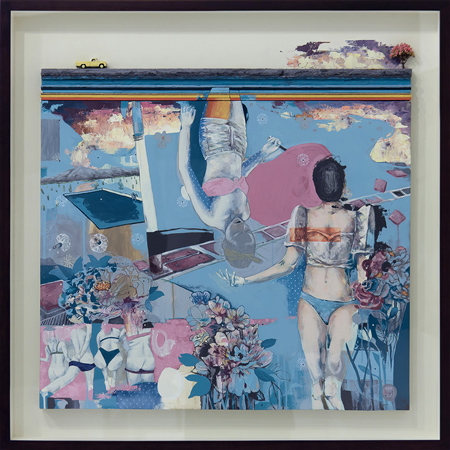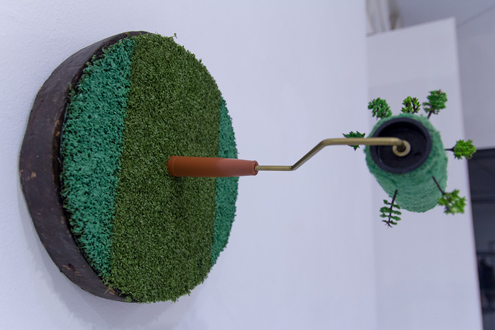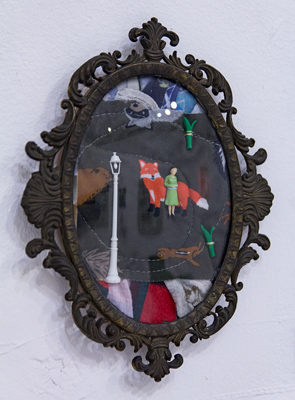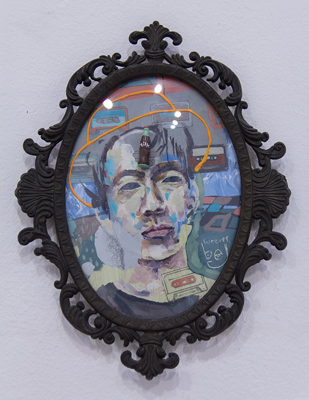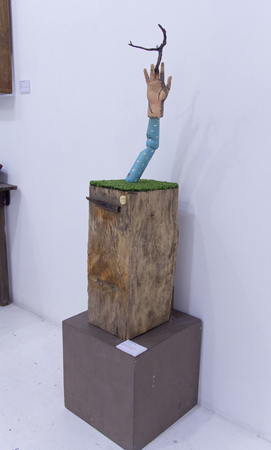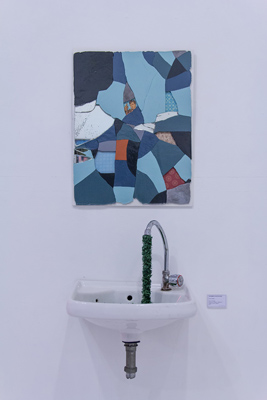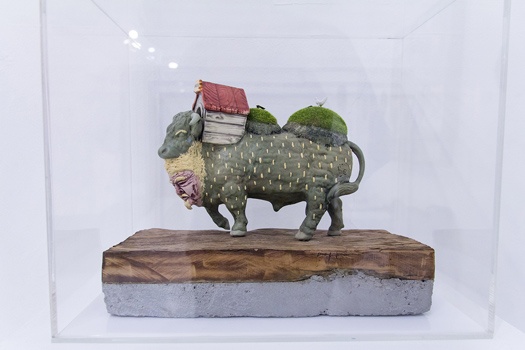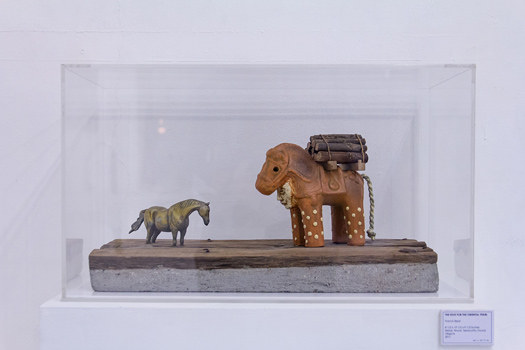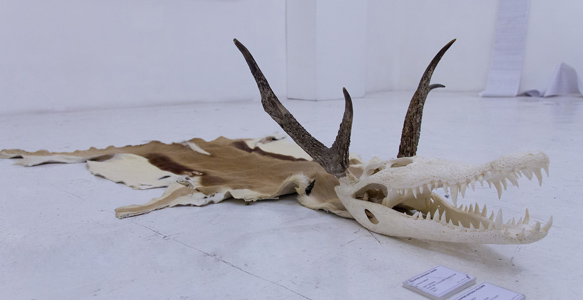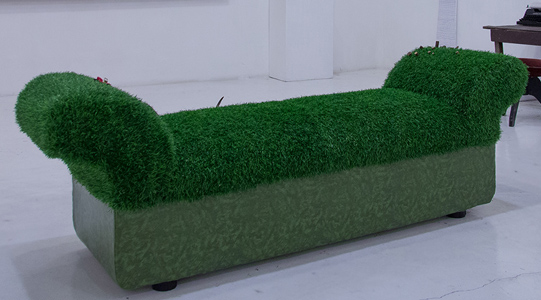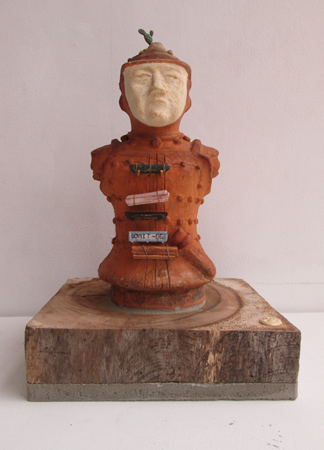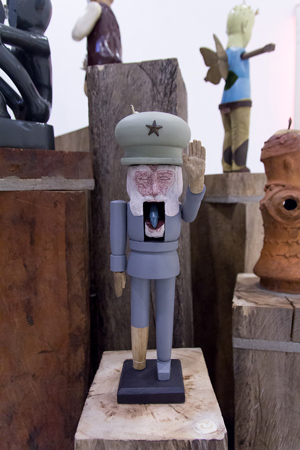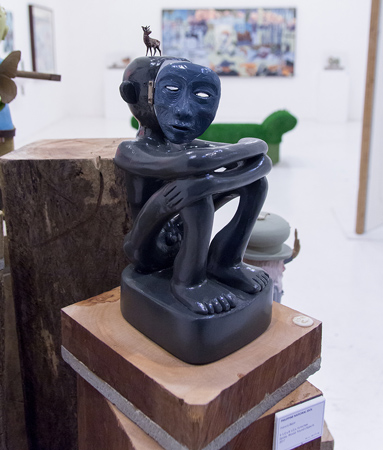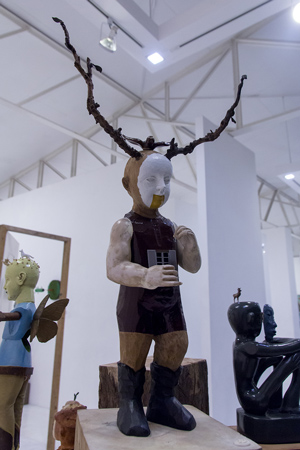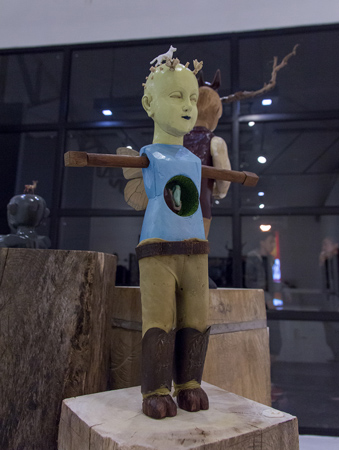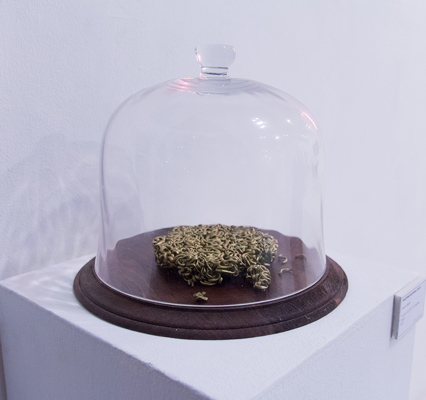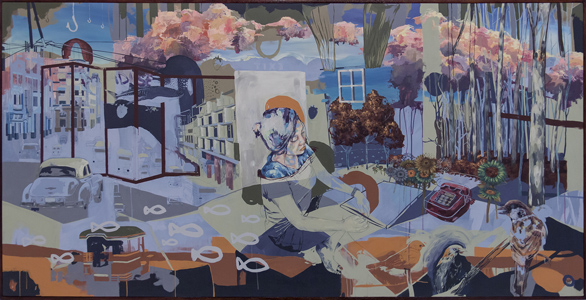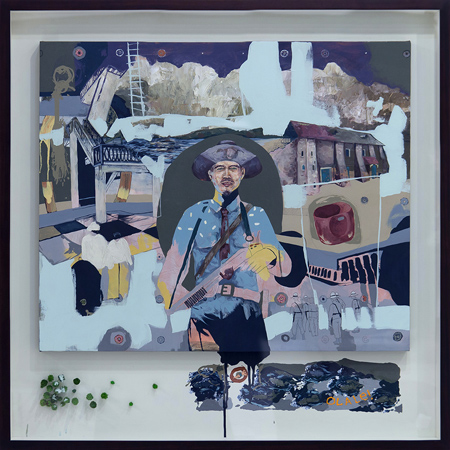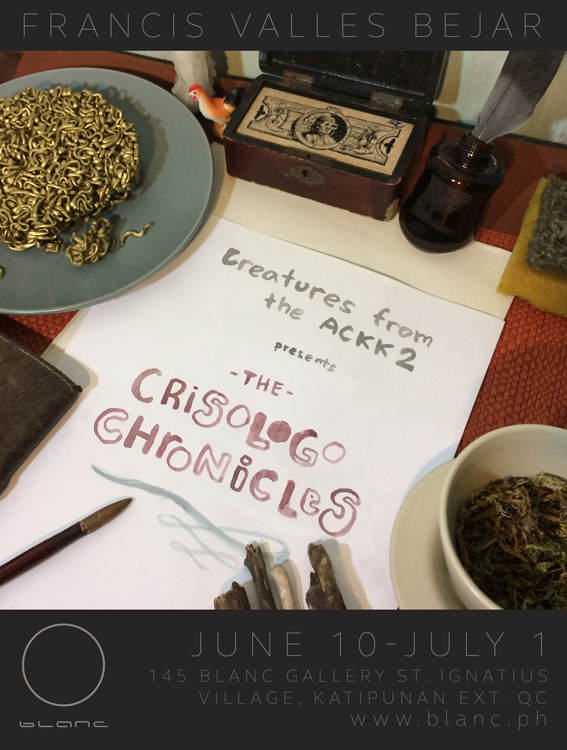
From Fabrication to Lamination: Perceiving the the truth of reality in myth
If we create reality by way of perception, what is it that we perceive and who is the one perceiving the perceived? What is the distance between what is perceived and the eye that perceives the perception? What is this same space that holds them together? If you see them as one and the same, what is this process of mediation and boundary?
Francis Bejar tackles these necessary and quintessential questions in his collected works Creatures from the Ackk 2: The Crisologo Chronicles. As a continuation of a project that sprung from making sense of nonsense verbiage, acknowledging pattern and therefore the need for mythological creation or what he calls “fabricated truth”, Bejar now reverses the inquiry and plays with “laminated truth.” In the concept of fabrication that Bejar illustrated in Creatures from the Ackk back in 2013, he made several sculptures and installations that mythologized the self (individual) and nation (the collective) through found objects. By assembling things and making space for their visibility, he weaved a symbolic imagery, an emblematic narrative that passed through the many dimensions of the mind. For Bejar, fabricated truth is within the surface of our consciousness, so even if things are never exactly real as they are in reality, fabricated truth is strengthened by the procedures of belief and could eventually be taken as absolute truth.
In this show, Bejar cracks open these said procedures to unlock the solidified system of knowing. Here, we see him go against the absolute. Instead of reinforcing a fabricated truth to be perceived as reality, we see him now dismantling his own sense of reality as we witness him undo and repeal old mythical narratives he helped built: national symbolism.
In Creatures from the Ackk 2: The Crisologo Chronicles, Bejar does not only laminate or put into layers of systems, purposefully influencing, one single fabricated truth by way of object-making. The product of his creative process is not the sole core of interpreting truth, but also the very process with which these truths are bonded and examined. Bringing into light a new kind of visibility, still with the use of found objects and installation, Bejar works with objects that already have existing histories and obtained contexts – these objects have their own encoded myths; but in manipulating these objects, he also manipulates their existing narratives in creation of a new. In this sense, laminated truth is exercised from a concept to a way of making-real. And it is in this exercise, this creation of a new, that Bejar continues his exploration of the individual and collective realms of symbols, traversing the layers of a reversal process from myth to reality, for a more advanced perception of reality from myth. Bejar laminates the fabrication that was processed from the real, to further undress, unclothe and uncloak the real reality that it is and not is.
Janine Dimaranan
Quezon City, 2017
Works
Documentation





